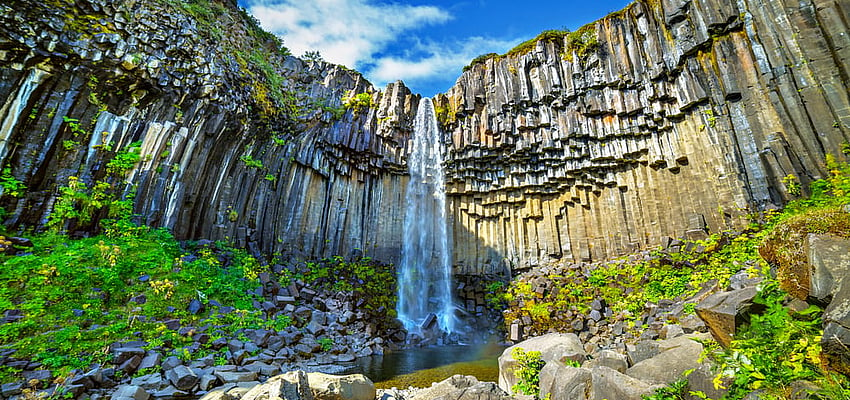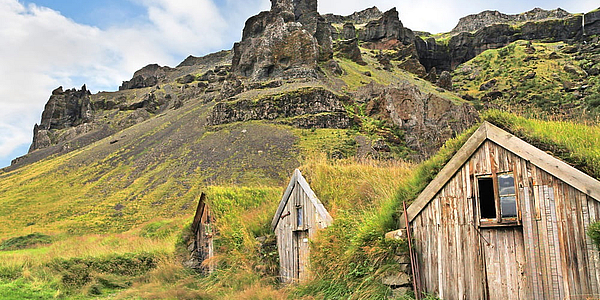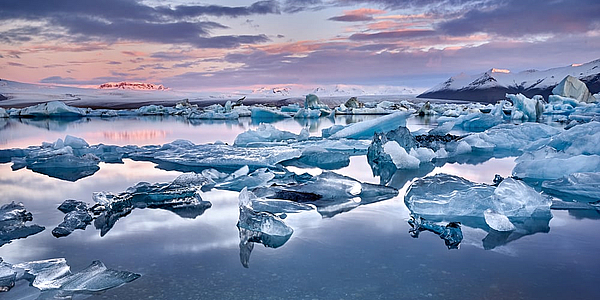


Skaftafell National Park is a walkers and nature lovers' paradise. And Jökulsárlón glacial lake, a few tens of kilometres away, usually proves to be one of the highlights of most visitors' trips to Iceland.
This park was established in 1967. It is the largest in the country and includes the immense Vatnajökull glacier within its borders. As with all the national parks, ensure you respect the local environment during your visit: do not pick flowers or plants; take your litter with you; and above all, stay on the designated paths to avoid causing damage to the surrounding vegetation.
This park offers many opportunities for hiking and contains a large number of interesting sites to see. Additional information about walking routes and weather conditions is available at the visitor centre. Here are a few of my favourite places.
By going on a one-hour round-trip walk you can reach both the foot of the glacier and the glacial spur, Skaftafellsjökull. For an attraction of a different kind, the Svartifoss waterfall, with its very distinctive basalt columns, is easy to reach via a 90-minute hike. If you continue on fro there to Sjonarsker, you'll have the chance to admire some superb panoramic views. You will come across various waterfalls as well as turf-roofed former farmhouses at points all along the trail. Gain some height, and you'll be rewarded with good views out over the valley and the Skaftafellsjökull glacial spur.
A significant distance further away stand the peaks of Kristinartindar, dominating the whole park. You will need a good day to reach them. To the north of Skaftafell, at Morsaldalur, there are stretches of volcanic black sand to be found.
In the south west part of the park stands the Laki volcano. It erupted impressively in 1787, with the resulting ash cloud leaving a portion of Europe covered for several months and causing, amongst other things, bad harvests. This was one of the causes of the French Revolution. Lakagigar is difficult to reach, with the journey requiring the use of a 4x4 vehicle. The group of 135 craters that lies at the end of the 50 kilometre trail are quite impressive.

Jökulsárlón is an obvious choice as the next place to visit after Skaftafell National Park. With icebergs floating on its surface, this glacial lake – the largest of its kind in Europe – is emblematic of the very country itself. The sight of these blocks of ice floating on the lake's intensively blue waters is always a magical spectacle, no matter what the weather. When conditions are fine, seals can be observed gently lounging all around the lake or playing on the emerged portions of the ice blocks. The calls the seals make are surprisingly impressive. You can actually walk part way around the lake, along the black sandy beach. However, do not approach too close to the seals: they are wild animals with a need for peace and tranquillity.
The lake is a very popular place and has been used as a location in both Tomb Raider and James Bond films (Die Another Day). If you visit in winter between November and March, you may get the chance to observe the aurora borealis over the lake.
Skaftatell and Jökulsárlón are places that can be reached in both summer and winter by either bus or car. This means that if you are spending a week in Iceland, it is easy to travel to them and discover the wonderful scenery and views they have to offer.
